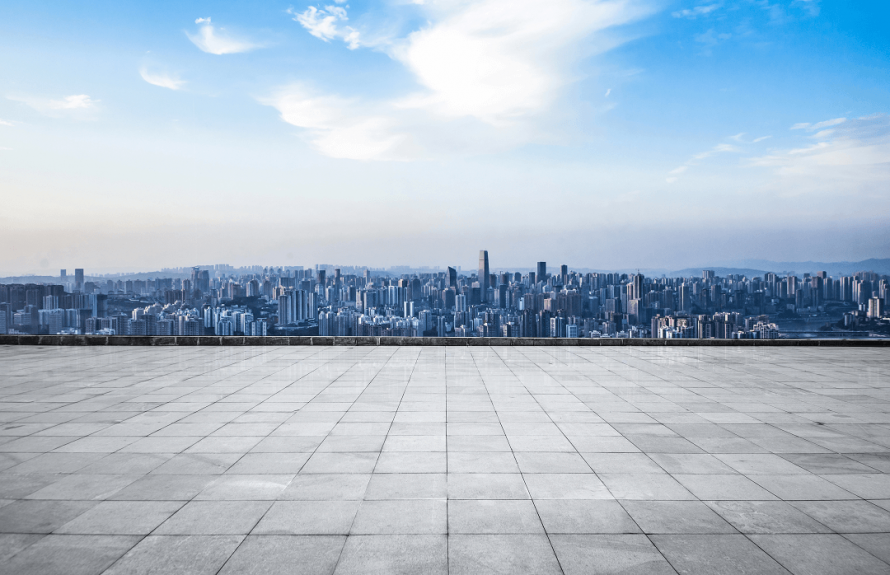Bamboo flooring's durability, aesthetic appeal, and sustainability have made it incredibly popular in coastal homes. However, environmental considerations must be carefully taken into account when putting this sort of flooring in a home close to the sea. Coastal areas pose particular difficulties due to factors including humidity and salt exposure, necessitating careful installation techniques. In order to keep your house looking great and working well for many years to come, this article examines the best practices for putting bamboo flooring in a coastal location.
Comprehending Bamboo Floors
Bamboo is an environmentally beneficial substitute for conventional hardwood flooring because it grows quickly. It offers versatility for a range of interior designs because it comes in a variety of styles and finishes. But bamboo is also susceptible to changes in the atmosphere and moisture, which is especially important in coastal regions where humidity levels can be high and erratic.
Getting Ready for Installation
Preparation is essential before beginning any installation techniques. Examine the area where the bamboo flooring will be installed first. Make sure the subfloor is dry, clean, and level. A moisture barrier is necessary if the house is situated on a concrete slab in order to stop water from leaking through and harming the bamboo.
A vapour barrier might be useful, particularly in places that frequently experience high humidity. Installing this barrier immediately on the subfloor will shield the bamboo from moisture intrusion. Furthermore, it is essential to allow the bamboo planks to acclimatise in the space where they will be installed. To reduce the chance of expansion and contraction after installation, let the planks sit for a few days to become used to the temperature and humidity.
Method of Floating Installation
The floating installation technique is among the best ways to lay bamboo flooring close to the water. Using this technique, the bamboo planks are laid over a foam underlayment without being nailed to the subfloor. There are various advantages to floating floors:
Moisture Resistance: The planks can expand and contract in response to changes in humidity without running the risk of being damaged because they are not fastened or glued down.
Installation Ease: Floating floors are a fantastic choice for do-it-yourselfers because they are reasonably simple to install. Many bamboo planks have an interlocking pattern that makes the process easier.
Sound Absorption: Your home will be quieter because to the foam underlayment's ability to absorb sound.
The first step in installing a floating bamboo floor is to lay down the foam underlayment, making sure to cover the entire space. Interlock the bamboo planks as you start by positioning them in a corner of the space. To allow for any flooring movement, a tiny expansion gap—typically about 1/4 inch—must be left along the walls.
Method of Glue-Down Installation
The glue-down technique is an additional practical choice for installing bamboo flooring in coastal regions. Using this method, the bamboo planks are pressed into position after the flooring has been coated with adhesive. Although this approach provides a more long-term fix, longevity depends on using a premium, moisture-resistant adhesive made especially for bamboo flooring.
The glue-down technique is beneficial because it minimises the possibility of plank moving and offers a firm feel underfoot. Nonetheless, the following must be taken into account:
Moisture Control: Make sure the subfloor is dry and properly prepared before applying glue. To avoid moisture damage, a vapour barrier is still advised.
Curing Time: Before stepping on the floor after installation, give the adhesive time to completely cure, usually 24 to 48 hours. To guarantee a solid relationship, this waiting period is essential.
Method of Nail-Down Installation
The nail-down technique is less popular in coastal areas, but it can still work well if the right safety measures are followed. Using this method, the bamboo planks are nailed straight to the subfloor, which is usually plywood. To avoid rust and corrosion brought on by exposure to salt, galvanised nails or stainless steel are essential for residences close to the sea.
Although nail-down construction provides a stable floor, moisture control must be carefully considered. To avoid warping or damage, a moisture barrier should still be applied, and humidity levels must be regularly checked.
Considerations for Maintenance
Maintaining bamboo flooring after installation is essential, particularly in coastal areas. Your flooring's lifespan can be increased with routine cleaning and moisture management. Here are some pointers:
Use a Dehumidifier: Using a dehumidifier can assist lower moisture levels in high-humidity environments, protecting the bamboo from harm.
Frequent Cleaning: To keep sand and grime from scratching the floor, sweep or hoover often. For more thorough cleaning, use a damp mop and a pH-balanced solution.
Protective Measures: To reduce the quantity of sand and salt that are tracked onto the flooring, think about placing rugs at entry points.
Concluding remarks
For bamboo flooring to last and look beautiful in a coastal home, the proper installation technique must be used. Knowing the particular difficulties presented by the coastal environment can help you make well-informed judgements, whether you decide to use a floating, glue-down, or nail-down technique. Bamboo flooring may improve your experience living by the sea with the right installation and upkeep, giving your coastal getaway a fashionable and ecological base.






